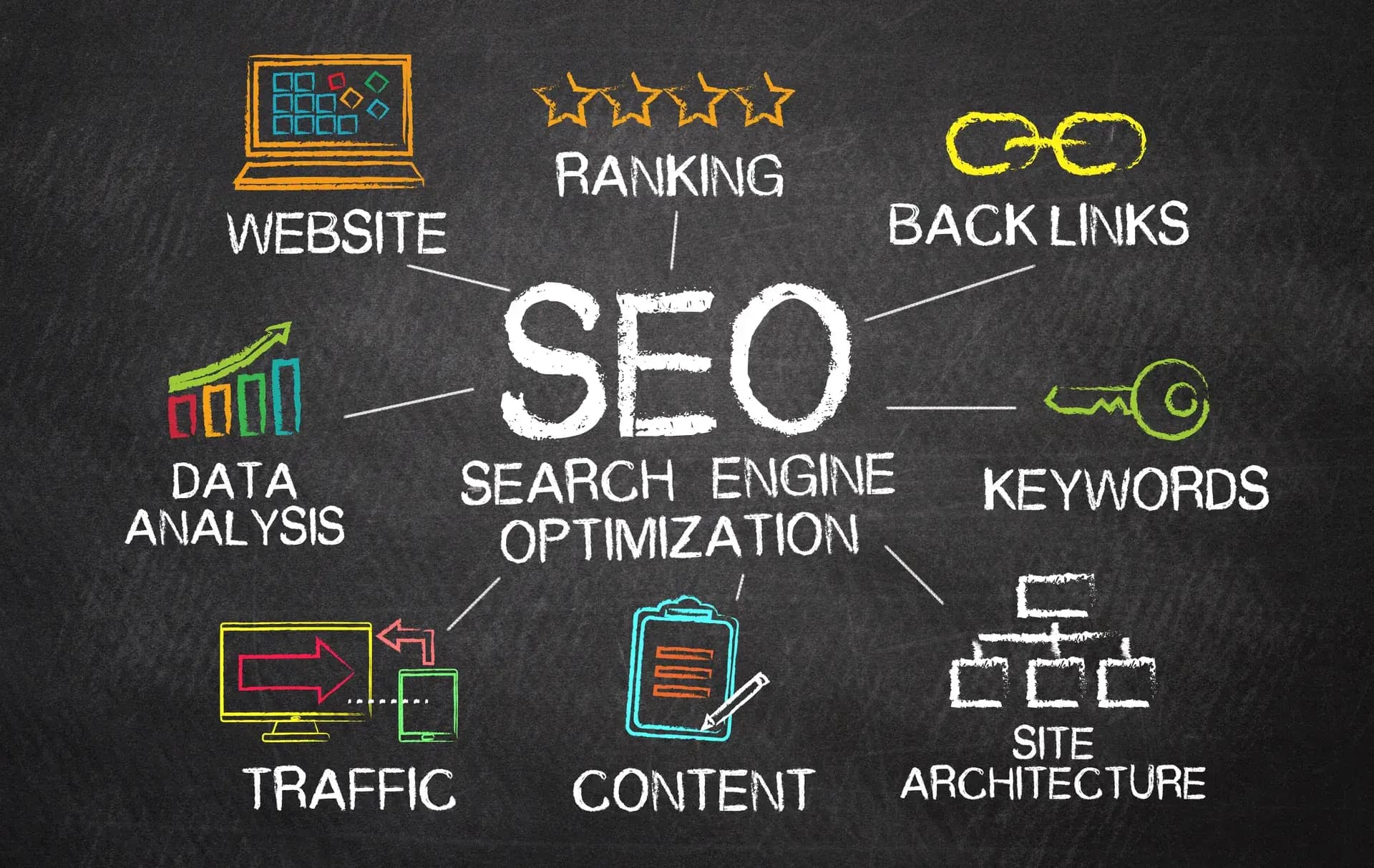On-page SEO is crucial for improving your website’s visibility and search engine rankings. This guide will provide actionable strategies to optimize your website's elements, including content, meta tags, and internal links, ensuring that your site attracts both users and search engines alike. Whether you're a beginner or looking to refine your existing skills, these tips will help enhance your online presence.
What is On-Page SEO?
On-page SEO refers to the practices you implement on your website to improve its search engine rankings. This includes optimizing your content, HTML source code, and other factors within your site's control. Unlike off-page SEO, which involves external signals like backlinks, on-page SEO focuses on enhancing your site’s quality and relevance.
Why On-Page SEO Matters
On-page SEO plays a vital role in determining how well your website ranks in search engines. Some significant benefits include:
- Improved User Experience: Properly optimized pages provide better navigation and more engaging content for users.
- Higher Search Engine Rankings: Search engines reward well-optimized websites with better visibility in search results.
- Increased Organic Traffic: Effective on-page strategies can lead to higher click-through rates and more visitors.
Key On-Page SEO Elements to Optimize
1. Title Tags
Your title tag is one of the first things users and search engines see. Ensure it is unique, descriptive, and includes your target keyword. Aim for a length of 50-60 characters to avoid truncation in search results.
2. Meta Descriptions
Meta descriptions do not directly impact rankings but significantly influence click-through rates. Craft compelling descriptions under 160 characters that summarize your content and entice readers.
3. Header Tags
Utilize header tags (H1, H2, H3) to structure your content logically. The H1 tag should be reserved for your main title, with H2s and H3s used for subheadings, which help both users and search engines understand your content's hierarchy.
4. Content Optimization
Create high-quality, informative content that addresses user intent. Incorporate your target keywords naturally, but avoid keyword stuffing. Aim for a content length of 1,000 words or more to enhance relevance.
5. Image Optimization
Images should have descriptive file names and alt text to enhance accessibility and improve search visibility. Use compressed formats to decrease loading times, which enhances user experience.
6. Internal Linking
Incorporate internal links to direct users to related content on your site. This not only helps with navigation but also spreads link equity throughout your website, improving overall SEO.
Best Practices for On-Page SEO
- Mobile Optimization: Ensure your site is mobile-friendly, as search engines prioritize mobile usability in rankings.
- Page Loading Speed: Fast-loading pages enhance user experience and can positively influence rankings.
- Use Schema Markup: Implement schema markup to help search engines understand your content better and enhance SERP display.
Conclusion
On-page SEO is a foundational aspect of your overall digital marketing strategy. By focusing on optimizing various elements of your webpage, you can improve your site’s visibility, drive more traffic, and better serve your audience. For expert assistance with on-page SEO and other digital marketing services, reach out to Prebo Digital today!







